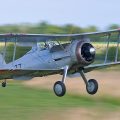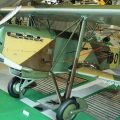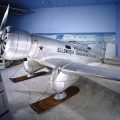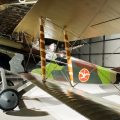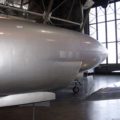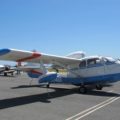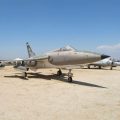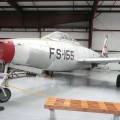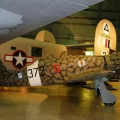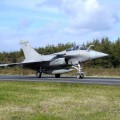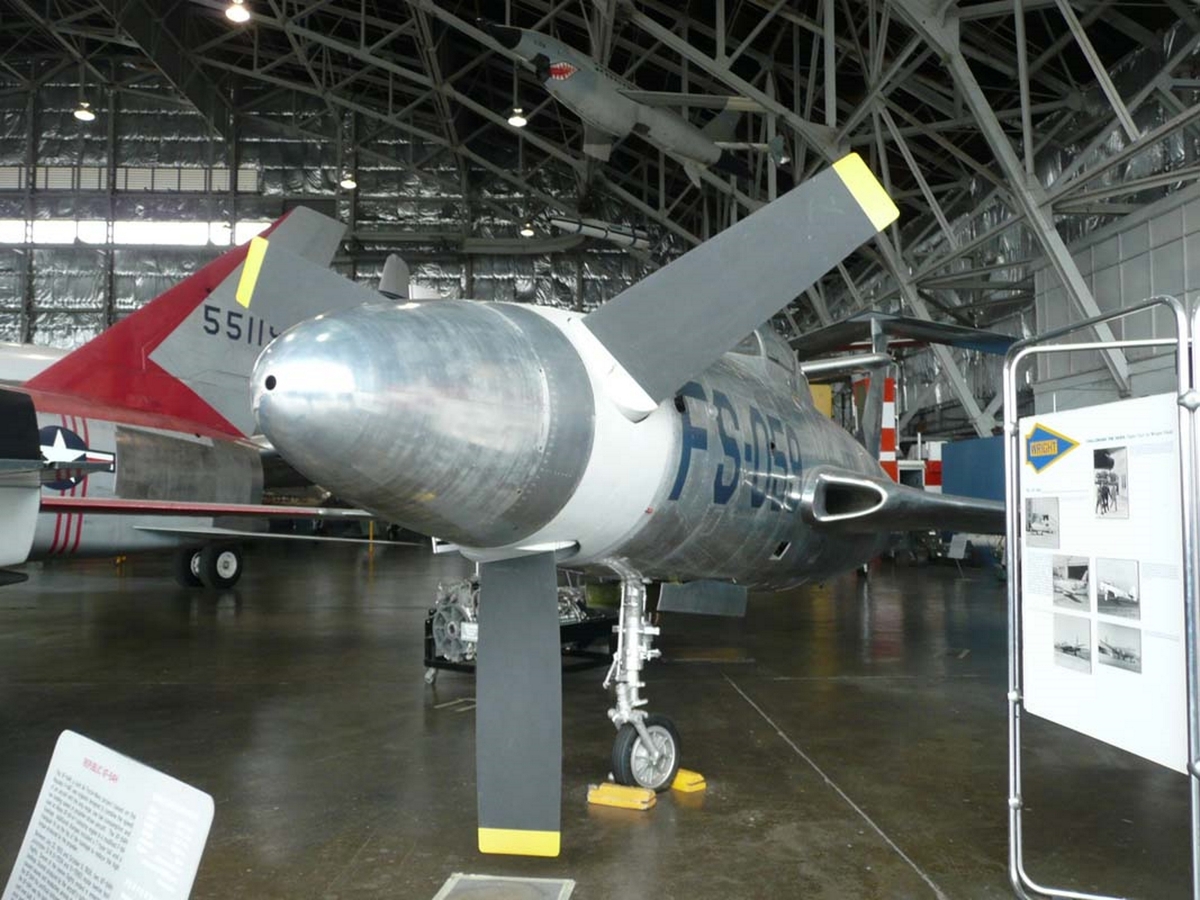
Republic XF-84H Thunderscreech | |
|---|---|
| Country | USA |
| Role | Experimental fighter |
| First flight | 22 July 1955 |
| Built | 2 |
The Republic XF-84H “Thunderscreech” was an experimental turboprop aircraft derived from the F-84F Thunderstreak. Powered by a turbine engine that was mated to a supersonic propeller, the XF-84H had the potential of setting the unofficial air speed record for propeller-driven aircraft, but was unable to overcome teething aerodynamic deficiencies, resulting in the program’s cancellation
| Republic XF-84H Thunderscreech Walk Around | |
|---|---|
| Photographers | Vladimir Yakubov |
| Localisation | The National Museum of the USAF |
| Photos | 93 |
Related kits:
Find kits on eBay:
See also:
The Republic XF-84H Thunderscreech was an experimental turboprop aircraft derived from the F-84F Thunderstreak. It was designed to be the world’s fastest propeller-driven aircraft, and was also one of the loudest. The XF-84H had a slender fuselage with a large, adjustable-pitch propeller in the nose and a T-tail. The propeller was driven by a turbine engine that could produce up to 5,800 horsepower. The aircraft had a top speed of over 670 mph (1,080 km/h), which was faster than the speed of sound at sea level. However, the XF-84H also had many problems, such as excessive vibration, poor handling, and engine failures.
The propeller generated a continuous sonic boom that could be heard 25 miles (40 km) away, causing nausea and headaches among the ground crew and nearby residents. The noise also interfered with the aircraft’s radio communication and navigation systems. The XF-84H was nicknamed “Thunderscreech” by the pilots and “Mighty Ear Banger” by the ground crew. Only two prototypes were built and tested between 1955 and 1956, before the program was cancelled due to technical difficulties and lack of interest from the Air Force.
Views : 1270


